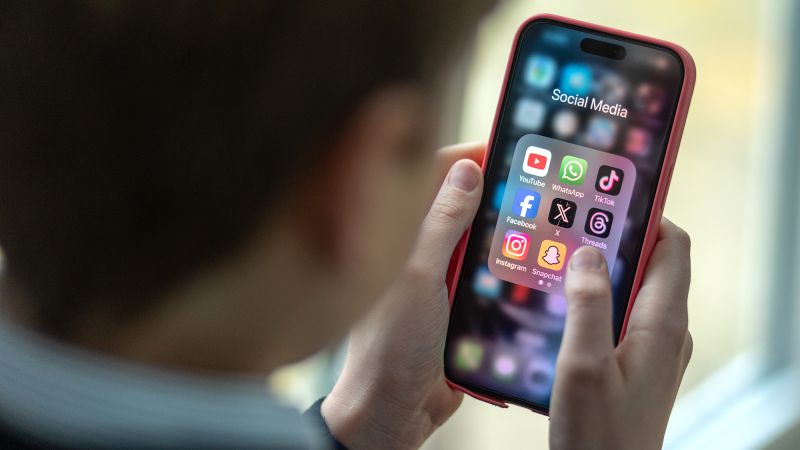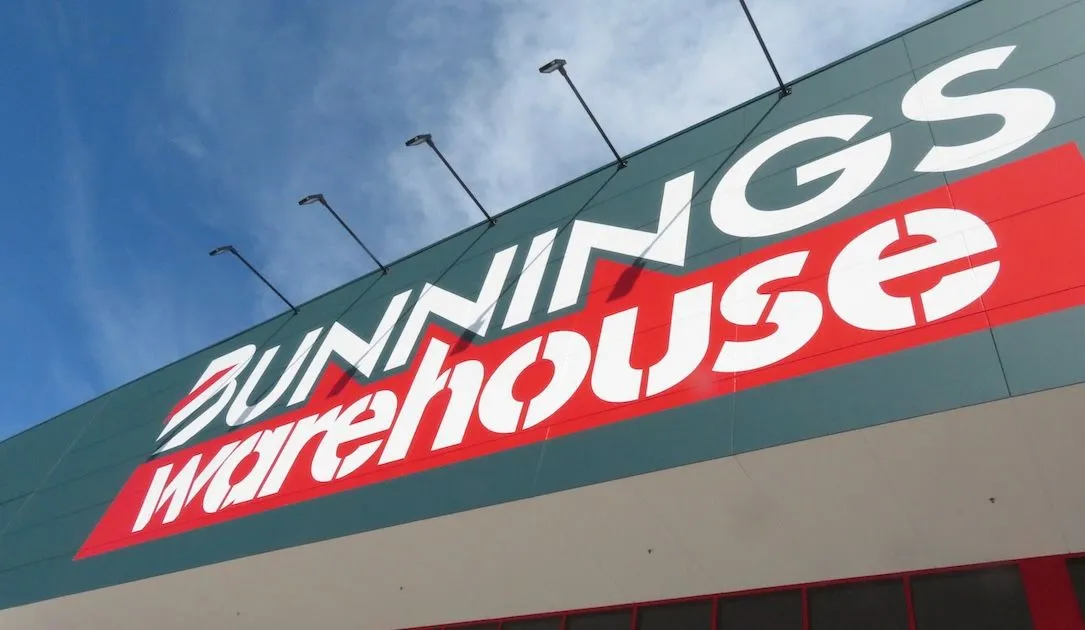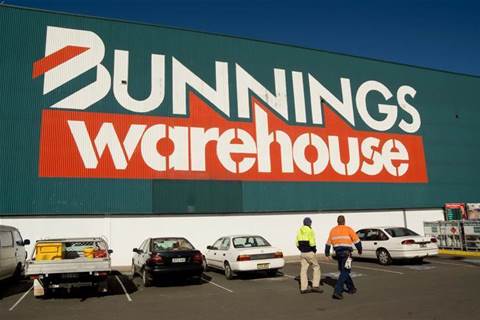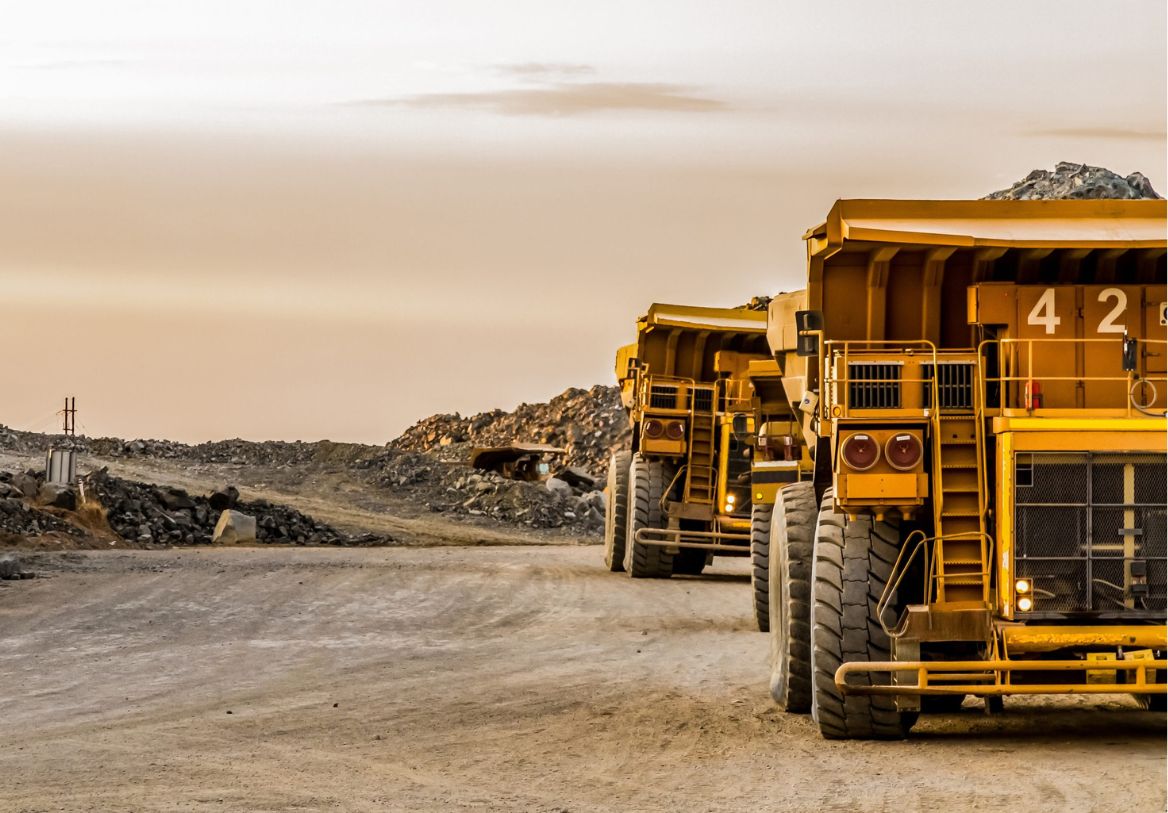Australian Optimus Satellite Faces Communication Obstacles in Space

- by Admin
- April 10, 2024

In a recent development striking at the core of Australia’s space industry ambitions, Sydney-based Space Machines Company’s Optimus satellite has been mute since its launch, posing an unexpected challenge. Tasked to be an orbital helper, the satellite is aimed at extending the life of other satellites by providing maintenance services, thereby playing a key role in the sustainable management of space assets. Despite efforts by the ground team, the satellite remains uncommunicative since its deployment over a month ago, a crucial test of resilience and resolve for the company promising cutting-edge orbital services.
Summary: Optimus, the pioneering satellite from Space Machines Company intended for in-space servicing and debris management, has been unreachable post-launch. The incident highlights the intricate and risk-laden nature of space ventures, especially for new entrants aiming to shape the future of space operations.
The Optimus project was designed to pioneer on-orbit services, often likened to roadside assistance for spacecraft, an innovative concept to ensure environmental sustainability in space. The incapacitation of communication, however, has grounded these high hopes, triggering concern within the satellite industry. The team at Space Machines Company has been working without pause to restore contact, yet the silence persists, raising questions while offering no definite explanations, with the company declining to comment on the communication breakdown.
Following a brief acknowledgment of the difficulties faced, the Australian satellite provider has reaffirmed its commitment to overcoming these challenges and proceeding with its mission objectives, once communication is reestablished. This scenario offers a stark reminder of the complexity and danger inherent in space tech advancements and the unwavering commitment required to navigate this frontier.
In the broader context, the on-orbit servicing market where Optimus was set to operate is fast growing and holds promise for revolutionizing space activities and economics. The sector anticipates surging to a multibillion-dollar industry within the coming decade. Key to the success within this sector is advancing technology for docking procedures, meeting regulatory guidelines, mitigating collision risks, and fending off competition from strong industry players. The space community is actively seeking standardizations and collaborations to ensure the thriving of such innovative services that could redefine our relationship with space infrastructure.
Industry Overview
The space industry has been evolving rapidly, with private enterprises and government agencies pushing the boundaries of what is possible in orbit. The on-orbit servicing market, where Space Machines Company’s Optimus intended to operate, represents a significant portion of this growth. Such services are critical not only for extending the life of satellites but also for managing orbital debris, which poses a growing threat to active spacecraft.
Market Forecasts
The demand for in-space servicing, including life-extension services, refueling, repairs, and debris removal, is projected to witness a substantial increase. Market analysts predict this could become a multi-billion-dollar industry within the next decade, driven by the escalating number and value of satellites in orbit, as well as the necessity for sustainable space operations.
Issues Related to the Industry
However, this sector is not without its challenges. Technical hurdles such as developing reliable autonomous docking systems are significant. There are also legal and regulatory issues to negotiate, as the current framework for space operations was not designed with these kinds of activities in mind. Establishing clear guidelines for liability and safety in on-orbit servicing operations is still very much a work in progress.
The risk of collisions, which can have catastrophic consequences, needs to be carefully managed. Satellite operators are working to develop better ways to track and predict the pathways of both active satellites and space debris.
Moreover, the entry of more competitors into the market increases the pressure on Space Machines Company and their peers to innovate and keep pace with industry trends and technological developments.
Despite the setback with the Optimus satellite, the hype surrounding the potential of in-space servicing suggests that there is still widespread optimism about the future of the industry. Companies are continuing to invest in new technologies while closely collaborating with regulatory bodies to pave the way for these essential services.
For further information on the space industry and its latest advancements, you can visit the websites of industry leaders and regulatory bodies:
– NASA
– European Space Agency (ESA)
– SpaceX
– Blue Origin
These sites provide valuable insights into current projects, industry trends, and the challenges being addressed to ensure a sustainable and safe environment for space operations. As the industry develops, keeping up to date with these main players will be crucial for anyone looking to understand or become involved in space exploration and commercialization.

Marcin Frąckiewicz is a renowned author and blogger, specializing in satellite communication and artificial intelligence. His insightful articles delve into the intricacies of these fields, offering readers a deep understanding of complex technological concepts. His work is known for its clarity and thoroughness.
The Latest News
-
November 22, 2024‘All sorts of trouble’: Why ‘it’s all down’ to Alex Carey amid legend’s big warning — LIVE
-
November 22, 2024All the Sheffield Shield squads for round five | cricket.com.au
-
November 22, 2024Aus PGA LIVE: Amazing turnaround after wet weather chaos as play back underway
-
November 22, 2024Aussie PGA Champs shortened after wash out
-
November 22, 2024Staying independent is radical, top fashion label says





